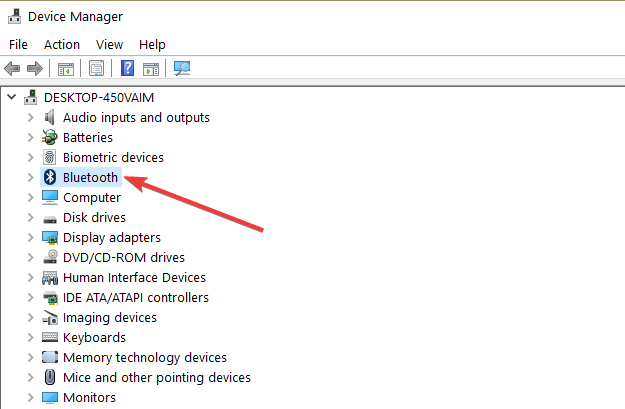

- WRITING DEVICE DRIVERS FOR WINDOWS 10 DRIVER
- WRITING DEVICE DRIVERS FOR WINDOWS 10 WINDOWS 10
- WRITING DEVICE DRIVERS FOR WINDOWS 10 DOWNLOAD
Windows 10 Creators Update: Enabling Device Guard Virtualization Based Protection of Code Integrity may result in a system crash during boot

WRITING DEVICE DRIVERS FOR WINDOWS 10 DRIVER
Use the Device Guard Readiness Tool to evaluate HVCI driver compatibility For more information about the Readiness Tool, see Note that while running the Readiness Tool, Device Guard must be disabled, as Device Guard might prevent the driver from loading, and the driver won’t be available for the Readiness Tool to test.
WRITING DEVICE DRIVERS FOR WINDOWS 10 DOWNLOAD
The download includes a readme file that contains usage information. The driver author should thoroughly test the driver while keeping Device Guard enabled.ĭuring driver development and during HLK testing, Device Guard should be disabled, as Device Guard might prevent the driver from loading.ĭevice Guard and Credential Guard hardware readiness toolĬan also be used to check for HVCI compatibility of all installed drivers on the device. For example, there might be incorrectly-coded memory allocation violating NX protections causing failures that won't be caught by the test. HVCI-compatible drivers are required for both Desktop and Server SKUs. The HLK test is a basic test written to make sure that HVCI-compatible drivers are correctly loaded and run by the OS.Īlthough simply passing the HLK test is sufficient for a Microsoft signature for the driver, we strongly recommend thorough functional testing with Device Guard enabled. , needs to pass for HVCI drivers to be approved for Microsoft signing. Virtualization-based protection of Code Integrity is now enabled. Under Computer Configuration -> Administrative Templates -> System ->ģ. In the detailed configuration dialog that appears, chooseĮnable Virtualization Based Protection of Code Integrity This will turn on Hyper-V and Isolated User Mode and enable the feature:Ģ. To enable virtualization-based protection of Code Integrity, the simplest method is to use gpedit as described below. Virtualization-based security is supported on Enterprise and Server editions of Windows. Forthcoming updates to driver verifier will not flag the INIT section.Įnable virtualization-based isolation for Code Integrity However, if this is the only issue you can ignore this issue and hit go past this in the kernel debugger as this will not cause any compatibility issues with this feature. To choose this option if using the verifier GUI, chooseĬreate custom settings (for code developers)ĭrivers built with older versions of Visual Studio will fail on the INIT section being WRX. To enable this from the command line, use the following command: Test the driver on a system with virtualization-based isolation of Code Integrity enabled.ĭriver Verifier has a new Code Integrity option flag (0x02000000) to enable extra checks that validate compliance with this feature. Use Driver Verifier with the new Code Integrity compatibility checks enabledĢ. There are four steps to verify driver compatibility:ġ. This will be patched soon, but is still compatible as Windows 10 will automatically strip the write permission (W) from the INIT section. Visual Studio 2013 currently marks the INIT section as RWX. To produce compatible drivers when using default settings. Section Alignment must be a multiple of 0x1000 (PAGE_SIZE).

Use NX APIs/flags for memory allocation - NonPagedPoolNxĭon’t use sections that are both writable and executableĭon’t attempt to directly modify executable system memory Since memory pages and sections can never be writable and executable, the first step is to ensure a clear separation of data and code and not to attempt to directly modify code pages. This means that kernel memory pages can never be Writable and Executable (W+X) and executable code cannot be directly modified. When using virtualization-based security to isolate Code Integrity, the only way kernel memory can become executable is through a Code Integrity verification. Device Guard can use hardware technology and virtualization to isolate the Code Integrity (CI) decision-making function from the rest of the Windows operating system. That gives organizations the ability to lock down devices in a way that provides advanced malware protection against new and unknown malware variants as well as Advanced Persistent Threats (APTs). This post was last updated on February 8, 2018


 0 kommentar(er)
0 kommentar(er)
